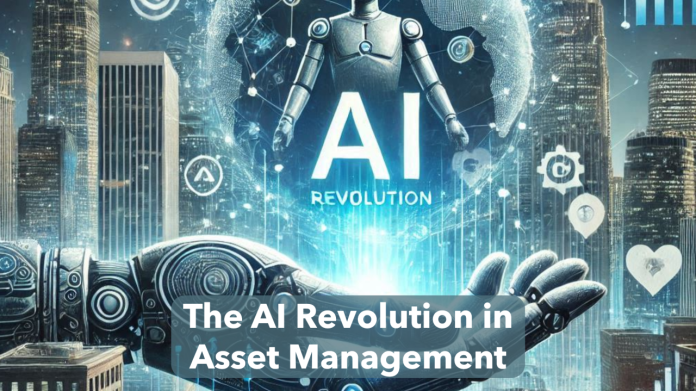AI Innovation and Asset Management: A Global Perspective
The intersection of artificial intelligence (AI) and asset management is reshaping global financial and technological landscapes. South Korea’s ambitious AI initiatives, coupled with evolving asset growth strategies and a deeper understanding of asset types, highlight the dynamic interplay between innovation and wealth creation. These trends offer critical insights for investors, policymakers, and industry leaders navigating today’s complex markets.
South Korea is positioning itself as a global AI leader through substantial government investment and strategic policies. With over $1 billion in funding for 2025, the nation is fostering AI-driven solutions in healthcare, manufacturing, and finance, aiming to enhance productivity and global competitiveness. Public-private partnerships, such as those with Samsung and SK Hynix, are accelerating advancements in AI chip technology and machine learning. However, challenges like regulatory bottlenecks and talent shortages remain. South Korea’s commitment to balancing innovation with ethical AI governance sets a benchmark for other nations, signaling a shift toward technology-driven economic growth. South Korea’s AI Ambitions
In parallel, asset growth strategies are evolving as investors seek to build wealth across different life stages. Younger investors, often in their 20s and 30s, prioritize high-risk, high-reward assets like equities and cryptocurrencies to capitalize on long-term growth. Middle-aged individuals, balancing career and family, lean toward diversified portfolios with real estate and mutual funds for stability. Retirees, focused on wealth preservation, favor fixed-income securities and annuities. Data shows that disciplined investing, leveraging compound interest, and adapting to market trends are key to achieving milestones like $100,000 or $1 million in savings. Understanding these age-based strategies helps investors align their portfolios with financial goals and risk tolerance. Asset Growth Milestones Across Different Ages
The foundation of effective wealth management lies in understanding the diverse types of assets and their roles in a portfolio. Assets are broadly categorized as tangible (real estate, commodities) and intangible (stocks, bonds, intellectual property). Financial assets like equities offer liquidity and growth potential, while real assets like property provide stability but lower liquidity. Emerging assets, such as digital currencies and tokenized securities, are gaining traction, driven by technological advancements like blockchain. Each asset type carries unique risks and returns, requiring careful consideration of market conditions and investment objectives. A diversified approach, blending traditional and alternative assets, is essential for mitigating risk and optimising returns in today’s volatile markets. Exploring the World of Assets
The convergence of AI innovation and asset management reflects a broader shift toward technology-driven wealth creation. South Korea’s AI investments underscore the transformative potential of technology in finance, while strategic asset allocation across life stages and asset types empowers investors to navigate uncertainty. By staying informed and adaptable, stakeholders can harness these trends to drive financial success and contribute to a more innovative, resilient global economy.


















